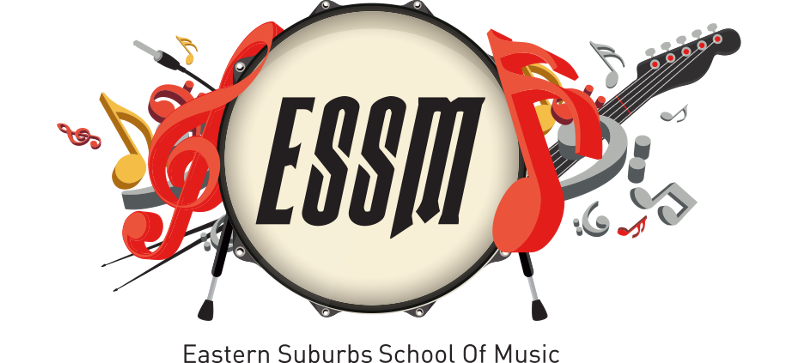Major Scale – Music Theory Made Easy
In this post we will give you greater understanding on the creation of a scale, focusing on the king of our music system, the major scale. When learning scales I think it is important to do these three things to help understand what effect the combination of notes (the scale) has in music. They are:
CREATE – PLAY – WRITE
The major scale is the label given to the most important scale in music theory. Often other scales are reffered to as how they are different to the major scale. Remember it is purely a label given to a collection of notes that create a sound pattern. So,
What is a Scale?
My definition of a music scale is a collection of notes that form a pattern within one octave. We have 12 notes to select from in music, please read our post introducing our 12 note music system here. Using all 12 notes in a scale does not give us the “thing” we like to hear in music, which is a starting point, the music building in tension and then return to starting point. The 12 note scale, known at the chromatic scale gives the sound of never ending tension. Major scale is a great place to start your understanding of scales.
Major Scale Formula
Each scale has its own unique pattern or formula. The formula is the leaps we need to make through the 12 notes of music in this case, to make the major scale. They are labelled like this:
TONE TONE SEMITONE TONE TONE TONE SEMITONE
or to make it easier to remember – 2 TONES, SEMI, 3 TONES, SEMI
A tone is equal to moving two notes away. A semitone means the notes are next door to each other.
Refer to our post on the 12 notes of our music system for greater understanding.
SHARP OR FLAT?
We are only allowed to use each letter name once in the scale. Understanding this will then decide for us which accidental (sharp or flat) we should use. There maybe be times you will need to call a note B# or E# to make the scale work. This is known as being enharmonically correct.
For example, lets create a major scale starting on A. Use the process below to create ANY major scale.
1. Write out letters of the musical alphabet from your starting note. Our Example is A
A B C D E F G
2. Apply the formula – tone, tone, semitone, tone, tone, tone, semitone
TONE – A to B is a tone.
TONE – B to C is only a semitone. We need to make the C into a C#, therefore it fits our formula, B to C# is a tone
SEMI – C# to D is a semitone, no change needed.
TONE – D to E is a tone.
TONE – E to F is a semitone. We need to make the F into a F#
TONE – F# to G is a semitone. We need to make the G into a G#
SEMI – G# to A is a semitone, and scale is complete.
We now have the correct notes for the A major scale. They are:
A B C# D E F# G# A
If we were to start this process on the note F we would find we end up with one flat note in the scale
F G A Bb C D E F
3. Play these notes on your instrument. Get familiar with the sound of the major scale. Regardless of what pitch you start on, the sound will have the same character. Major scale is noted for its bright or happy sound. Here is a video to demonstrate one way of how to play the major scale on guitar.
4. Write the notes down in music notation. See how the major scale (and also minor scales) will form a diagonal line. This is due to each letter of the musical alphabet being used one time only. This does make reading the scale much simpler. Place the correct accidentals to the left of each note. Also write the scale using its key signature.
Hear the major scale being used to great effect in the song Shine by Shannon Noll. Listen to the guitar solo in particular.
This is just the starting point of using the major scale and its use in music theory. We have more of these practical insights to music available to you by coming in and seeing us at the Eastern Suburbs School of Music. We can be contacted via our contact page or by calling 0421 705 150.






 0421 705 150
0421 705 150